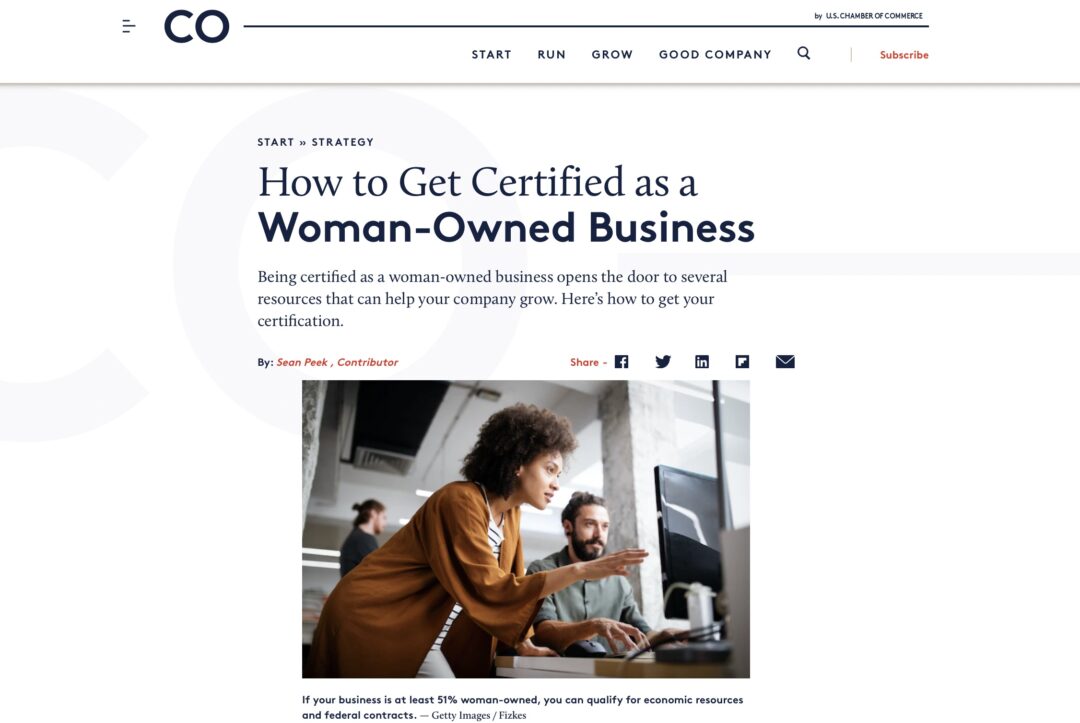Content Marketing
From Strategy to Success: Pillar Page Examples for Content Engagement
Does it ever seem like you’re doing all the right things to drive content engagement — crafting smart and engaging blog posts, social media messages, infographics, webinars, and live events — yet your content engagement metrics don’t move?
It could be that your SEO efforts could use a boost from a content pillar page. (Spoiler alert: We’re sharing pillar page examples here that can help you get started.)
Now, if you’re asking how creating more content could ever drive less engagement, lucky you! In my world — and in the worlds of many less fortunate content professionals — consistent upward growth in engagement numbers requires you to meet some prerequisites, such as:
- You have a defined content marketing strategy centered around rich topics that matter to your customers — some marketers call those topics “content pillars.”
- You engage on those topics in a consistent way across platforms or assets.
- You tie those topics to the wants and needs of your customers and to the core value proposition of your product.
Considering that more than one in four organizations lack a content marketing strategy and one in three name message consistency among their top marketing challenges — according to a survey by the Content Marketing Institute — chances are high that some of your content is missing the mark on driving engagement.
Once you have those strong content foundations first (e.g., a strategy and clear messaging), you also need techniques to reinforce those foundations and engage customers consistently on topics they care about. Pillar pages are one example.
What Is a Content Pillar Page?
In basic terms, a pillar page is a detailed page on your website focused on one of your strategic content topics or pillars. Its function is to serve as a hub for all the content you have on your website related to that subject.
Think of what a “pillar” does. Per Oxford Languages, it’s a person or thing that provides essential support for something, e.g., “a pillar of the community.” As it relates to content, pillar pages provide essential support for engaging customers on a specific topic.
The pillar page provides a detailed overview of the pillar topic in a way that touches on all of the related subtopics relevant to your message. Pillar page examples include guides, “what is” explainers, or “how to” instructional pages on your website. A pillar page also links out to more specific content pages dedicated to a subtopic, geared to a particular audience, or angled around a specific industry or sub-group.
For content teams, pillar pages provide a way to organize all the different assets you develop related to your main topics by linking out and back to them from the central pillar hub.
Some even find they attract far more traffic than a blog on the same subject.

For a fun pillar page example, check out this page from Gardener’s Supply on Everything You Need to Know About Gardening in Raised Beds.
Benefits of Pillar Pages for Content Marketing
Small organizations, those with lean content teams, or those with early-stage or immature content strategies may not need to put pillar pages at the top of their content priority list.
You’ve probably got enough to do just creating a coherent and cohesive website that accurately reflects what you do for customers.
But once an organization has been developing content for a few years, they can confront a new challenge of having searchable content across web pages, blog posts, and so on that tackles your main topics in different ways.
Sometimes that’s incidental. More often, it happens as a result of your content team writing SEO-optimized blog posts or pages aimed at ranking for different search terms related to the same topic.
If you take a step back and think about how that jumble of different content assets with overlapping information comes through to customers, you can see that it’s very likely to confuse them. Even worse, it can even impact SEO.
Algorithms can get confused in the sense that they won’t rank multiple pages in a domain that seems to be dealing with the exact same subject. The consequence is that different pages of your own website can compete with each other for positioning on search engine results pages (SERPs).
Using pillar pages offers a way for you to map a customer content journey, using the pillar page as a kind of hub and related pages as the spokes. This approach brings a number of benefits.

For a pillar page example exemplifying the benefits of an effective “how to,” look at how the U.S. Chamber of Commerce describes the licensing process for women-owned businesses.
Pillar Page Advantages
- More backlinks. You can attract more visitors to a useful pillar page. Some of your visitors will link to it from their own website, leading to more backlinks and an even higher perception of authority for SEO benefits.
- Improved internal linking. Treating the pillar page as a hub and linking to related content in your web domain can improve the internal linking structure of your website, which can help search engines better understand the relationships between your pages.
- Increased authority and ranking. Having a comprehensive and well-structured piece of writing on a central topic provides search engines with the material they need to identify your website as a trusted authority on that subject. This can improve your website’s SEO ranking for related keywords and topics.
- A better user experience. Users who come to you directly can more easily find the subjects they care about, get an overview, and dive deeper into sub-topics relevant to them.
To see these advantages in action, visit this “what is” explainer pillar page example from Writer.com on generative AI.

Best Practices for Building a Pillar Page
To get started developing pillar pages, follow these steps:
1. Inventory your topics and related content.
Building a pillar page should start with your pillar topics. If you haven’t defined a core set of topics around which to anchor your content marketing strategy, get on that first. If you have, you’re ready for the next steps, which means you need to:
- Prioritize the topics you want to tackle first in pillar pages.
- Inventory the content you already have on those topics.
- Conduct initial research to identify competing pages on those topics and assess what they do well.
2. Analyze the content you already have on your pillar topics.
The inventory process may have identified some pages or assets on your website that have outlived their usefulness. It may also have identified some great resources you can update or improve with an additional section, new links, or other effective updates.
Analyze the content in your inventory with an eye on the following:
- Identify the hierarchy and relationships between your pillar topics and the rest of your web navigation, as well as the relationships between the pillars themselves and between pillar subtopics. Use a graphic or mind-mapping tool to visualize those relationships, if helpful.
- Use Google Analytics, SEO analytics tools, or other resources you have to analyze what content is performing well related to a given topic and what you need to improve.
- Identify gaps or aspects of the topic you don’t have content for. This gap analysis should include gaps in relevant SEO terms that searchers will expect to see. SEO research tools like those from SEMrush include useful research capabilities that can compare your page with competitor pages and identify improvements that can increase your SERP placement.
3. Develop your pillar page content.
Using the topic mapping and insight analysis, create a plan to develop the content for the pillar page and update the content on related subpages.
- Use SEO best practices in the writing and internal linking structure for the pages.
- Integrate visual assets to add value to the page.
- Coordinate with your web design team on the look and feel of the page.
Pillar Pages Are Dynamic — Don’t Neglect Them
Markets change, customer needs adapt, and new information emerges all the time. Some topics become less important over time as others rise. You are also writing new content all the time — some of which will relate to your pillars.
Expect to revisit and revise your pillar pages at least annually, if not more often (depending on your market and the subject matter), to ensure that they still reflect your most current thinking on the topic.
The process of continuous content improvement can help keep your web pages at the top of the SERPs.
Stay informed on the latest content trends and marketing strategies. Follow The Content Strategist newsletter for more content just like this!
Image by filoGet better at your job right now.
Read our monthly newsletter to master content marketing. It’s made for marketers, creators, and everyone in between.





